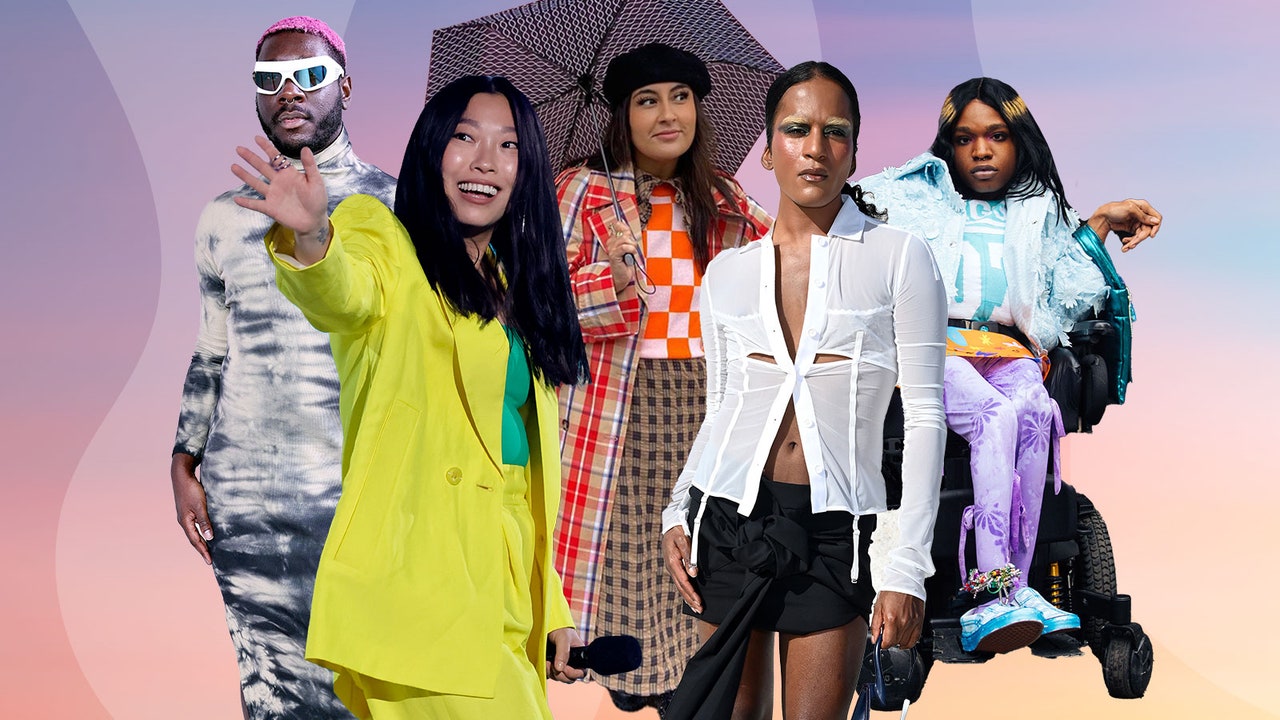[ad_1]
(Fake) diversity in fashion: Why authentic representation has to be much more than just looks
When we talk about diversity in the fashion industry or in general, it is important to evaluate the here and now as well as the complex context. Because in the current remix culture, in which the most diverse people meet, the questions “what is okay?” and what not?” much more complex than they already were. I notice that in myself, but also in the conversations I have as a mixed Person of Color again and again: “Tell me, why is that? Is it okay for designers to process attributes of other cultures without giving credit? Is it okay for the Kardashians to wear cornrows and identify with a certain image of ‘blackness’? Often I take the time to explain, but other days I’d like to just answer with “Ask Google” or “Educate Yourself”.
One thing is certain: everyone is confused or insecure and in some situations I find it very difficult to explain why I don’t do things appropriate Find – another diversity buzzword that is terribly difficult to pin down as the answer would vary greatly from person to person. Because what might be within the limits or acceptable for me, someone else sees as an absolute no-go – simply because the socialization process was different and you learned different tolerance limits through your environment. So we are in a collective “cultural confusion”. It always arises where several cultures meet and increasingly come together to form a unit. So beautiful, so utopian, but it’s not quite that simple.
Instagram content
This content can also be viewed on the site it originates from.
The problem with (fake) diversity in fashion
A lack of diversity and inclusion in fashion (and in general) are structural problems that cannot simply be compensated for by suddenly showing a representative person everywhere. Of course, visibility is incredibly important. But it shouldn’t stop there. In the fashion and media industry in particular, there is a tendency to create an illusion of diversity, which is also commonly known as “woke washing”: a practice that is similar to the “greenwashing” known from sustainability, based on just washing things out to do for image reasons. No wonder, then, that so many BIPoC (Black Indigenous People of Color, in English: not all white read people) or members of other communities have the feeling that they are being misused as a token – i.e. as a kind of joker that you use to be able to say: Look here, this is a BIPoC, nobody can accuse us of not being there diverse!
And although every single appearance and success of a not white person feels like a joint gain for the big picture, there remains a bitter aftertaste. I always ask myself: Do you really give various people the opportunity to have a say in decisions or are they only used as a figurehead? Because that is exactly what can often be observed when the same representatives are always shown. What emerges from this is precisely that apparent diversity that only depicts a certain spectrum – nothing all-encompassing. The goal should be to rethink style and fashion and – ultimately – to achieve a status quo in which diversity is normal.
[ad_2]
